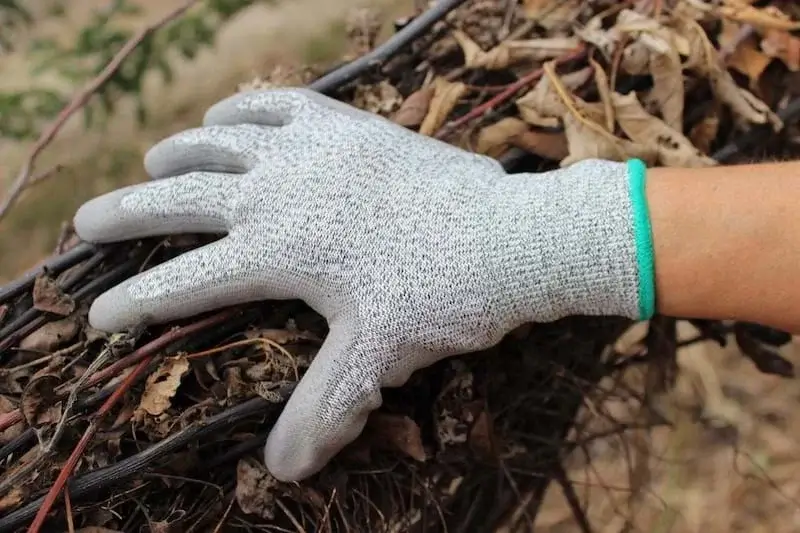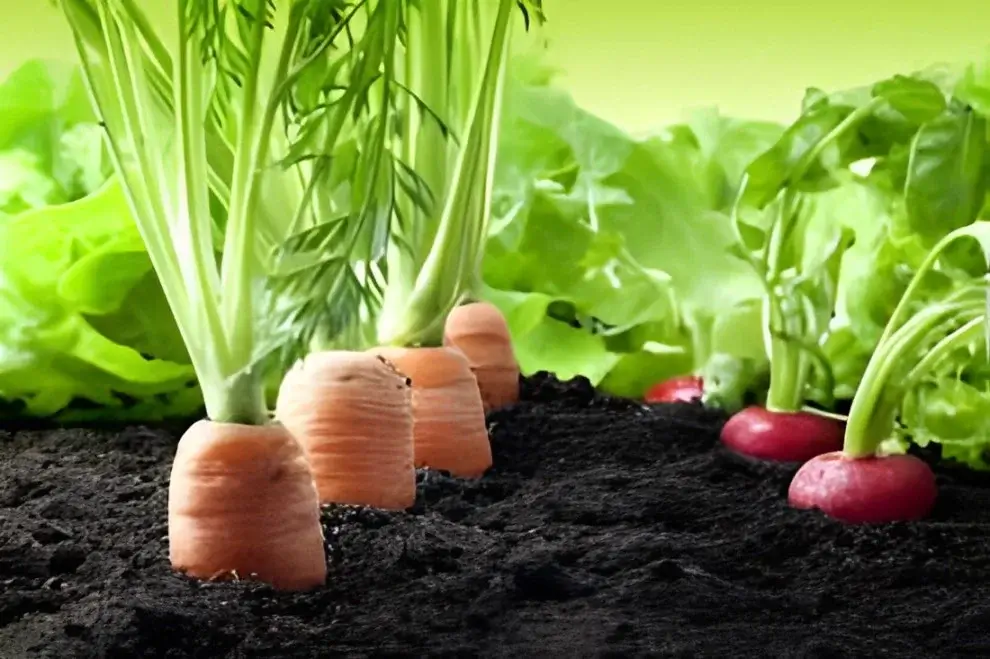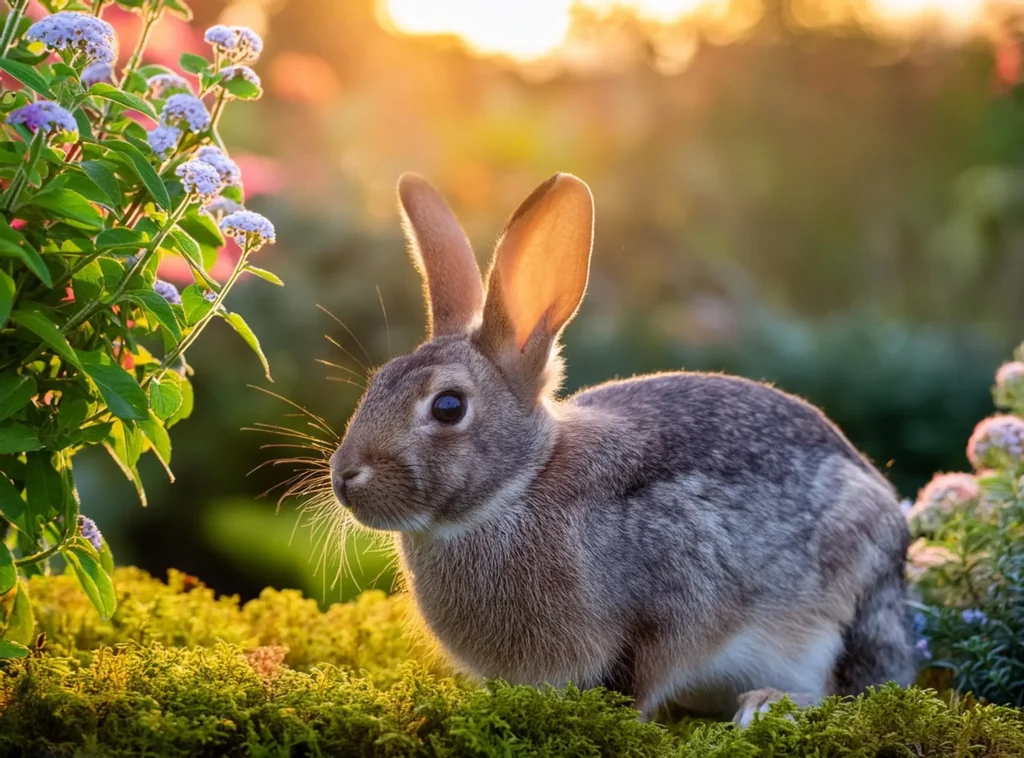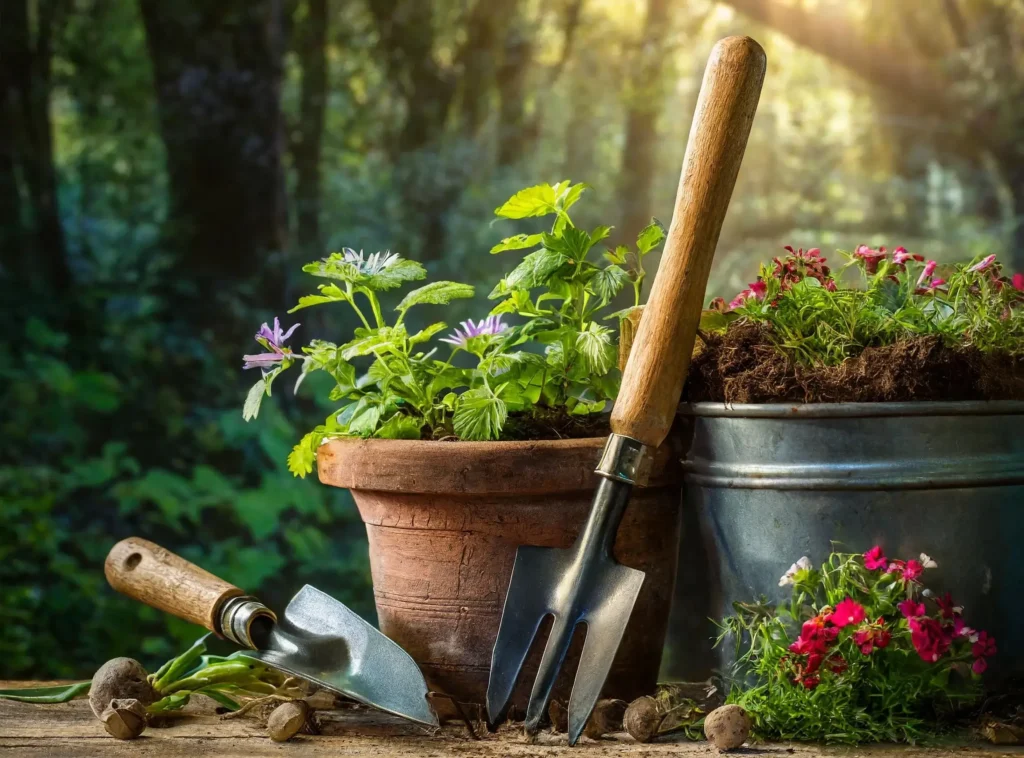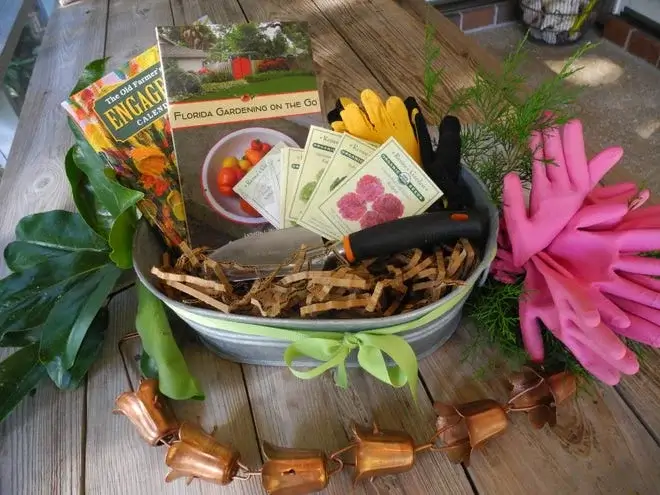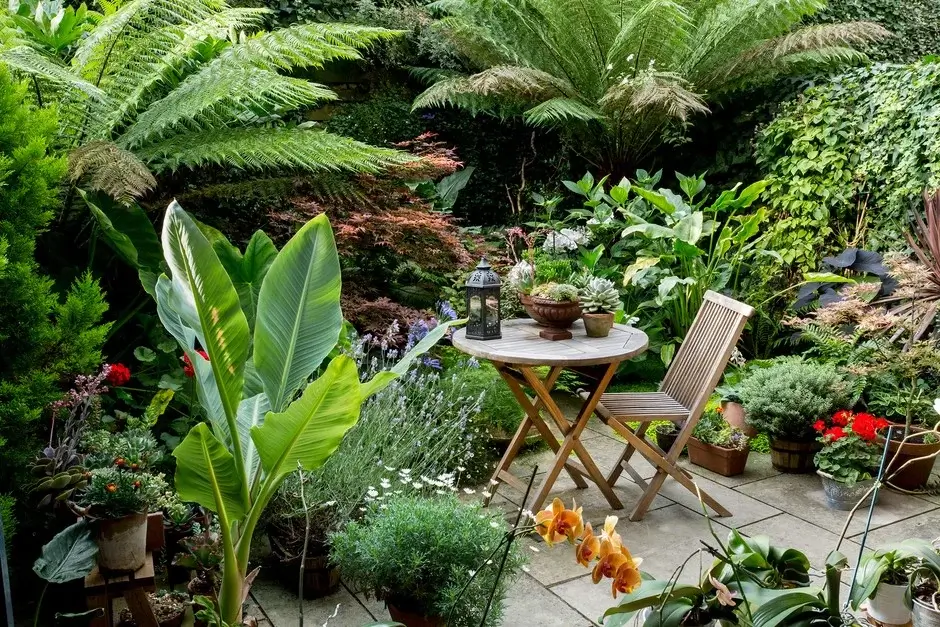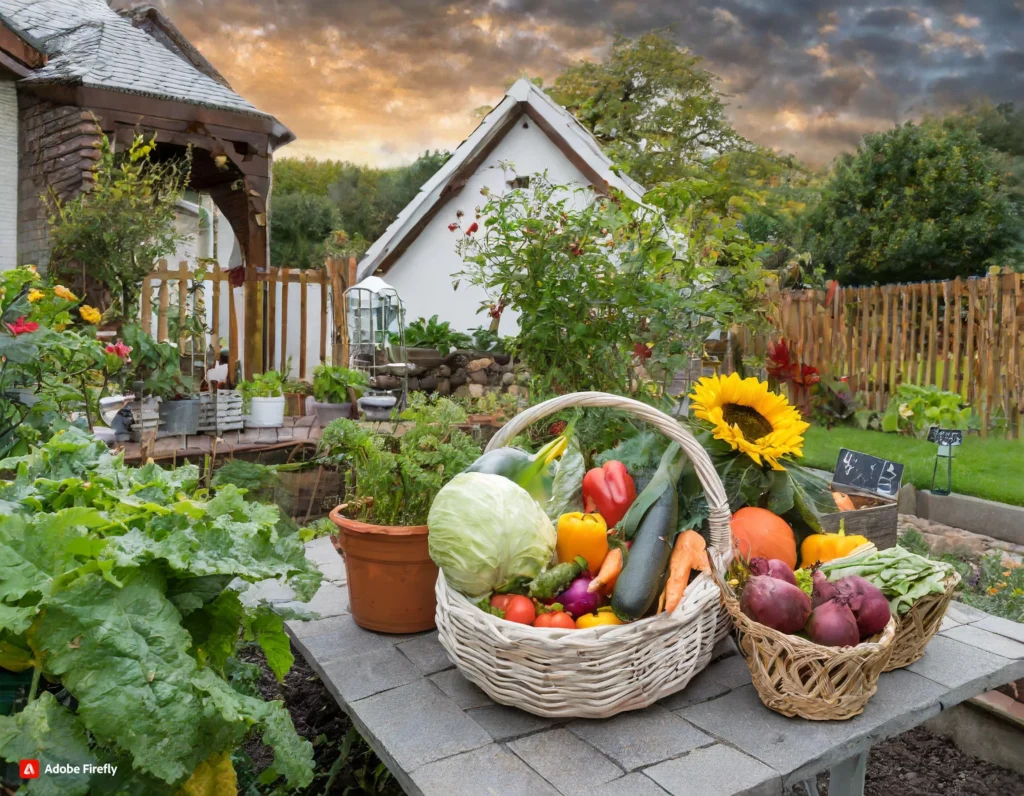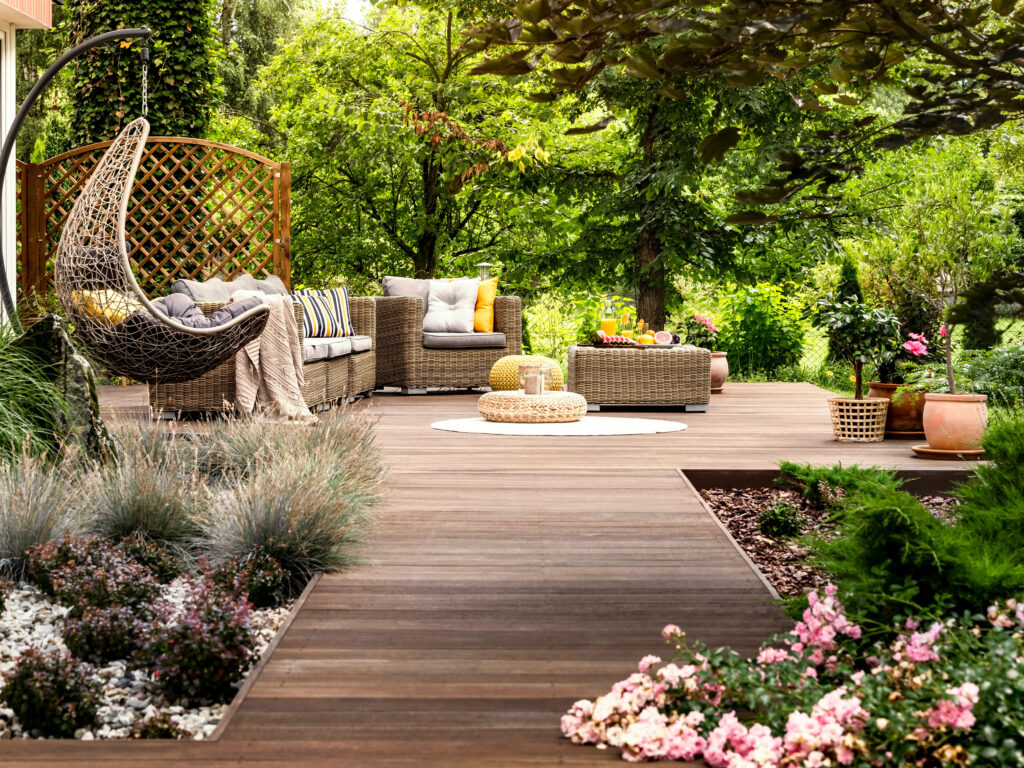If you love gardening, you know how frustrating it can be to find your plants nibbled by rabbits. These furry creatures may look cute, but they can cause a lot of damage to your garden. Fortunately, there are some effective ways to keep rabbits out of your garden without harming them or the environment. By following these tips, you can enjoy your garden without worrying about rabbits. Let’s get started! Why Rabbits Are Attracted to Your Garden and What Plants They Prefer Rabbits are herbivores, which means they feed on plants. They have a varied diet and can eat almost any type of vegetable, fruit, herb, or flower. However, they have some preferences and tend to go for tender, succulent, and nutritious plants. Some of their favorite plants include: Rabbits are also attracted to your garden because it provides them with shelter, water, and protection from predators. They like to hide under bushes, shrubs, and low-growing plants. They also look for sources of water, such as birdbaths, ponds, and sprinklers. They avoid open areas where they are exposed to hawks, owls, foxes, coyotes, and other predators. How to Identify Rabbit Damage and Signs of Their Presence Rabbit damage can be easily recognized by the shape and size of the bite marks. Rabbits have sharp front teeth that leave clean, angled cuts on the stems, leaves, and flowers of the plants. They also tend to eat the entire plant or leave only the stems behind. In contrast, other animals, such as deer, have blunt teeth that leave ragged, torn edges on the plants. They also tend to nibble only a part of the plant or leave some leaves behind. Some other signs of rabbit presence in your garden include: How to Deter Rabbits from Your Garden Using Natural Methods, Repellents, Barriers, and Traps There are several ways to deter rabbits from your garden, depending on your budget, preference, and situation. Here are some of the most common and effective methods: How to Protect Your Plants from Rabbits Using Covers, Cages, and Raised Beds If you want to protect your plants from rabbits without deterring them from your garden, you can use covers, cages, or raised beds. These methods allow you to isolate and shield your plants from rabbit damage, while still allowing them to grow and thrive. Here are some of the benefits and drawbacks of each method: How to Deal with Rabbit Infestations and When to Call a Professional If you have a severe rabbit problem in your garden, you may need to take more drastic measures to get rid of them. You may also need to seek professional help if you are unable to handle the situation yourself. Here are some of the signs and solutions of a rabbit infestation: Conclusion Rabbits are a common nuisance for gardeners, but they can be controlled and prevented with some planning and effort. By understanding why and how rabbits damage your garden, and by applying the methods discussed in this blog, you can keep rabbits out of your garden and enjoy your plants. Here are some frequently asked questions related to this topic: FAQS
